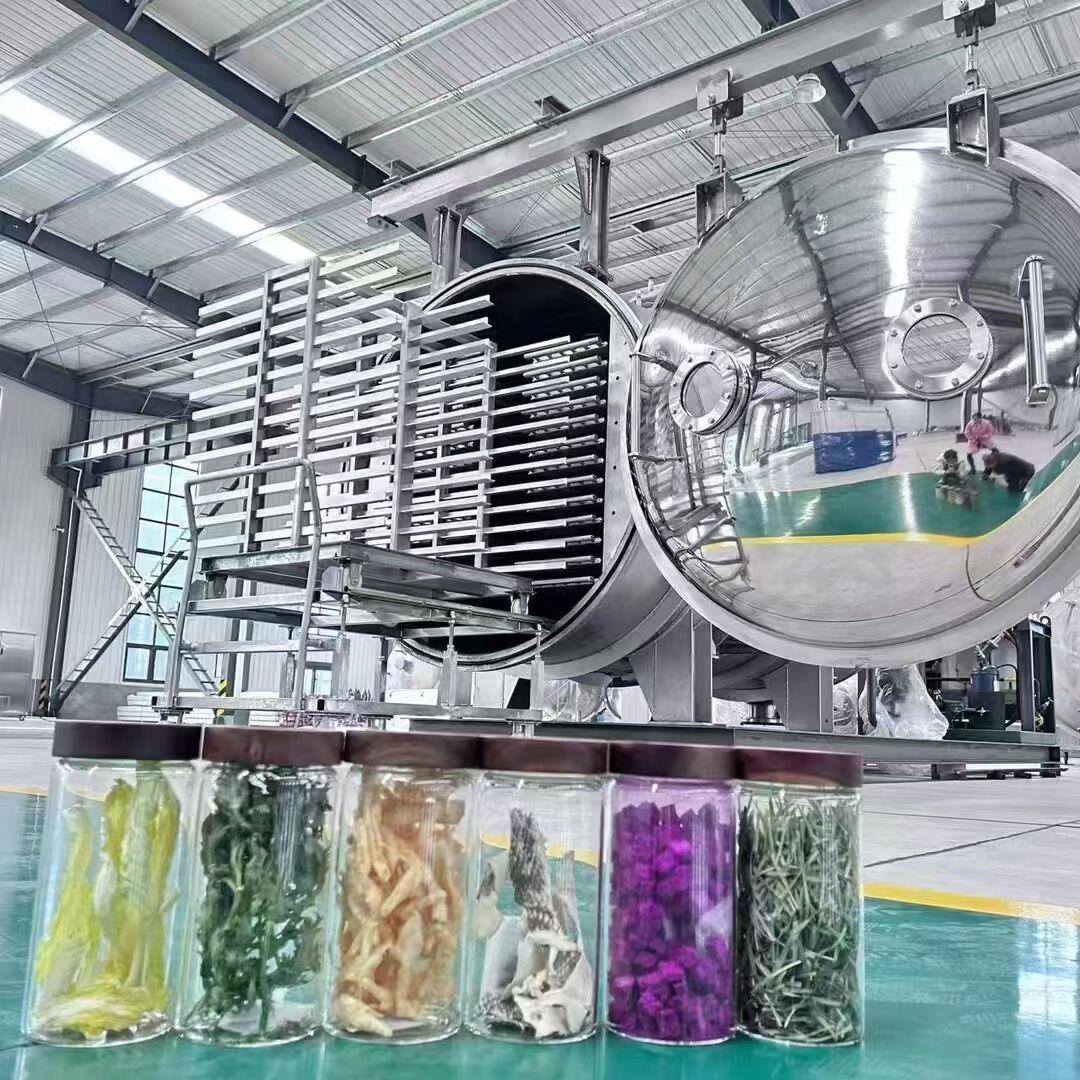In recent years, freeze drying has become the go-to technique for serious foodies and home food-preservation fans. Using this modern equipment, you can zap moisture from meals and snacks while keeping their original taste, chew, and nutrients packed inside. Now, you may wonder whether a freeze dryer can work wonders on both solid foods and cups of soup. That’s what we’re about to unpack. This post digs into what a freeze dryer can really freeze-dry, whether it’s a thick bolognese, raspberries, or even a homemade smoothie, plus it maps the perks for kitchen ninjas and big food businesses, too.
What Freeze Drying Is
What’s freeze drying all about? Its techy title is lyophilization, but the technique’s simple. It first flash-freezes the food, and then, with a pressure change you set inside the freeze dryer, it repurposes the ice inside the food into vapor. It skips the mushy melting stage. This zero-moisture magic keeps germs and that food-wilting kind of chemistry from happening. Your meal or snack then turns into a feather-light, ultra-stable item that still feels, smells, and tastes like it just came off the stove, plus it sits at room temperature for years.
Handling Solid Foods
Freeze dryers shine when it comes to solid foods like fruits, veggies, meats, and meals you’ve already cooked. First, you load the food into the machine, which blasts it into a super-cold state. Next, the device lowers the chamber’s pressure, letting any ice turn into vapor and disappear. Because of this gentle process, most solid foods keep their shape, bright color, and delicious flavor, which is why they’re a favorite for long-term stocks, weekend getaways, and emergency grab bags.
Handling Liquid Foods
Liquid foods, like soups, sauces, and smoothies, need a bit of extra love. Most home freeze dryers can handle them, but you’ve got to pay attention. Start by pouring the liquid into trays or cups that let cold air and vapor flow evenly around the food. This step prevents soft, slushy spots. Since water in a liquid takes longer to freeze and to turn to vapor, the whole cycle usually drags on a bit. That’s OK, but keep an eye on the clock—finishing the process helps stop spoilage and locks in the fresh taste you’re after.
Advantages of Freeze Drying
One of the best things about using a freeze dryer for fruits, veggies, and meals is how well it keeps the good stuff inside the food. While regular drying can zaps vitamins and pound for pound, freeze-dried food still bursts with taste, color, and nutrients. Plus, the end result is super light and packs down tiny, so it slides easily into cabinets or backpacks. That’s a huge win for campers, preppers, or anyone who wants to stock yummy, long-lasting meals for later without weighing down a bug-out bag.
Choosing the Right Freeze Dryer
Before you click “buy” on a freeze dryer, think about what you really want to keep for the long haul. If you’re only drying a few strawberries and smoothies, a bench-top model with the right controls is perfect. But if you’re buying in bulk for a catering biz or a family of four, go for the big, commercial-grade version. Search for machines with adjustable cycles to allow you to vary the freeze and drying times depending on whether you’re preserving a chunk of stew or a bowl of sweet potato soup.
Industry Trends and Future Developments
Demand for freeze-dried foods is surging, so makers of freeze-dry machines are doubling down on research and tweaking designs. Coming upgrades promise machines that sip less energy, finish a batch quicker, and master tricky liquid menus. With more people choosing plant-based meals and craving health-focused snacks, freeze-dried fruits, veggies, and complete lunches are likely to fill grocery aisles, locking in freeze drying’s role in food preservation.
To wrap it up: a freeze-dryer can process both solids and liquids as long as it’s set up correctly. Whether in a home kitchen or a larger facility, freeze drying is still one of the best ways to keep food fresh, offering perks that perfectly match the needs of today’s shoppers.

